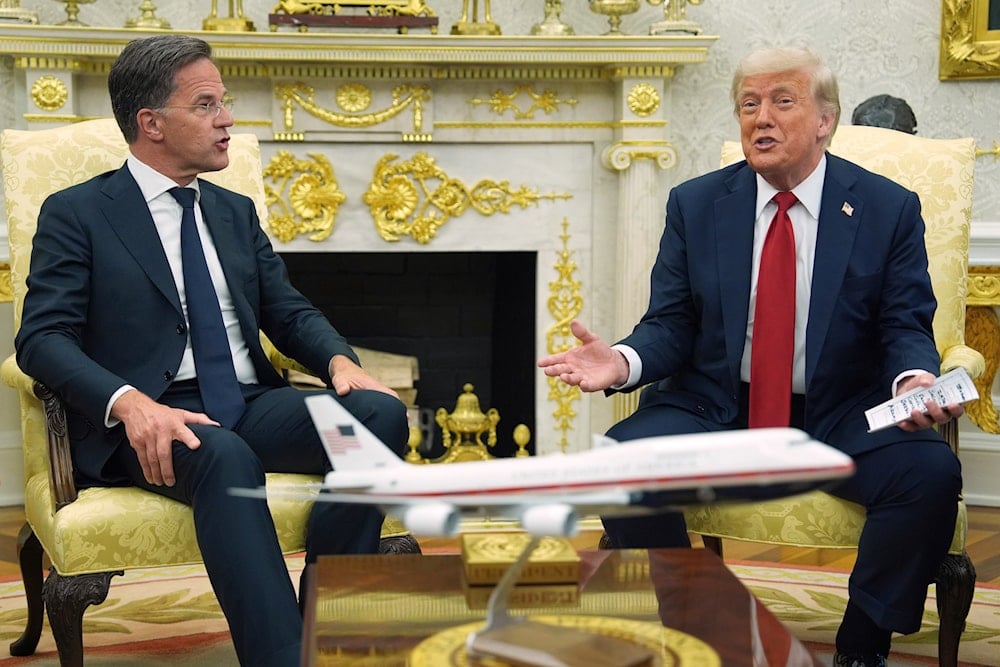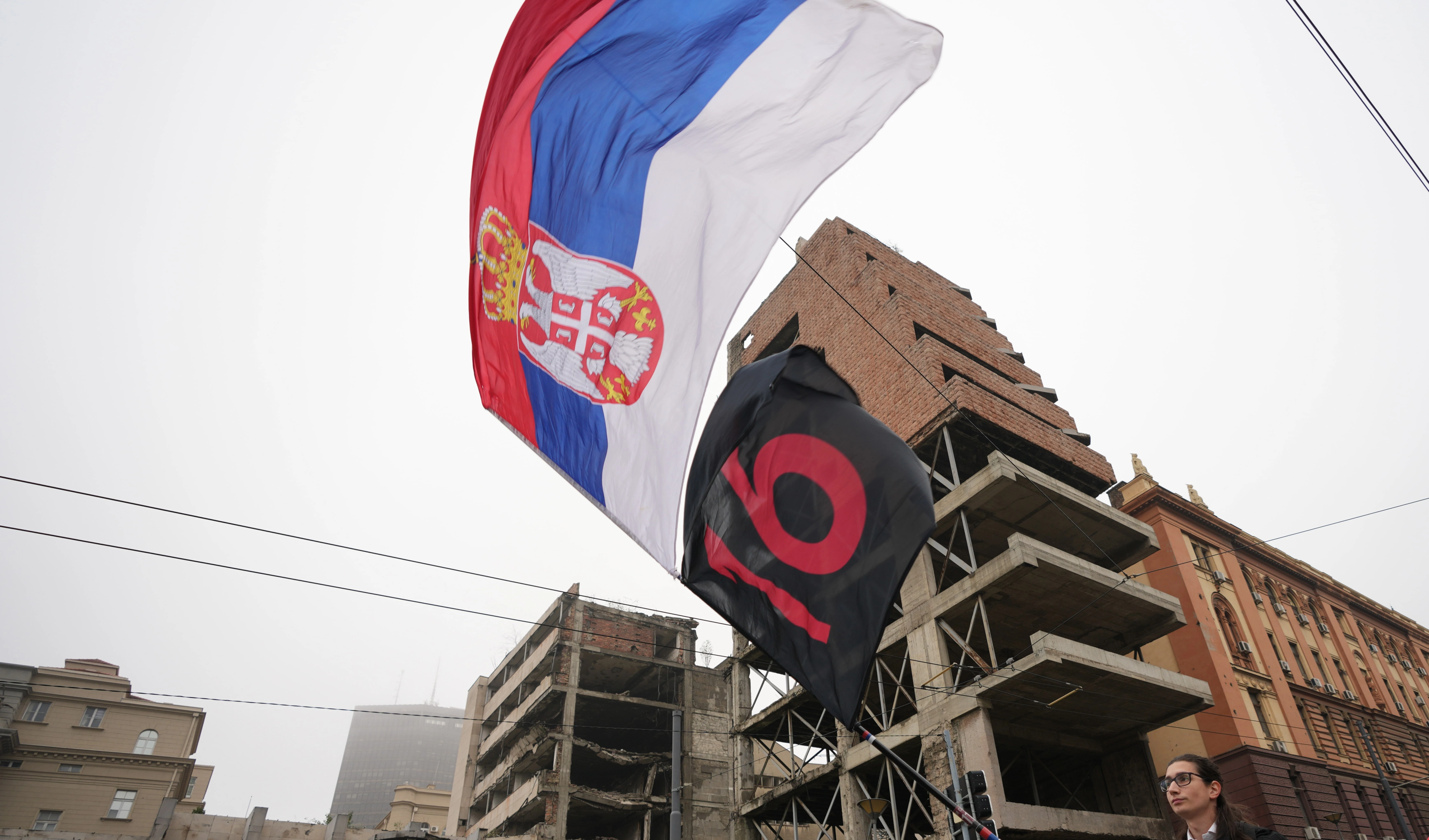Trump threatens 100% secondary tariffs on Russia, sets deadline
Trump announces a 100% tariff threat against Russia if a Ukraine ceasefire isn’t reached within 50 days, while NATO allies commit to funding a US-supplied arms package for Kiev.
-

President Donald Trump speaks during a meeting with NATO Secretary General Mark Rutte in the Oval Office of the White House, Monday, July 14, 2025, in Washington. (AP/Evan Vucci)
US President Donald Trump has issued a fresh ultimatum to Moscow, threatening a 100% secondary tariffs on Russia if a Ukraine ceasefire is not achieved within 50 days. The announcement came during a joint appearance at the White House with NATO Secretary General Mark Rutte, where both leaders unveiled a new transatlantic defense framework.
Trump threatens tariffs if no ceasefire is reached
Trump declared that the United States would impose “very severe” secondary tariffs targeting Russian exports should the Kremlin fail to engage in a peace deal with Ukraine within the next 50 days. The tariff threat, part of a wider economic pressure campaign, was framed as a non-negotiable step unless hostilities cease.
“We're going to impose a 100% tariff,” Trump said. “It’s time to see real movement, otherwise the consequences will be immediate and painful.”
The measure builds on ongoing US sanctions on Russia in 2025, which have already targeted the energy sector, banking system, and state-linked enterprises. A bipartisan bill currently in Congress would further escalate penalties, including potential tariffs on countries purchasing Russian oil and gas.
NATO allies to fund Ukraine weapons, US to supply
Alongside the tariff announcement, Trump confirmed that the United States will supply weapons to Ukraine, including advanced systems like Patriot missiles, but emphasized that European allies will foot the bill.
“We're not buying it,” Trump said. “But we will manufacture it, and they're going to be paying for it.”
NATO allies, including Germany, Finland, Denmark, Sweden, Norway, the Netherlands, and Canada, have agreed to participate in the effort. Under the plan, European countries will deliver weapons directly to Ukraine while the US replenishes its stockpiles later, a strategy Rutte called “logical” and necessary.
The Trump-Rutte meeting marked a clear pivot in US-European coordination, with the White House emphasizing that Washington would no longer shoulder the financial burden of arming Ukraine alone. Trump praised Europe’s commitment and defended the strategy as beneficial to NATO's long-term strength.
Rutte echoed this sentiment, noting that several nations are “ready to move equipment fast into Ukraine,” while the US focuses on manufacturing and logistical support. He added that NATO would assess Ukraine’s battlefield needs and tailor arms packages accordingly.
Europe’s role expands
While the Ukraine ceasefire deadline looms, Europe’s role in the conflict has grown. With the US shifting its role to that of an arms supplier and strategic coordinator, European capitals are now expected to absorb the financial and political weight of frontline support.
The announcement comes as Ukraine faces some of its most intense Russian strikes since the war began, with attacks on Lviv, Rivne, and Kiev intensifying in recent days.

 3 Min Read
3 Min Read









